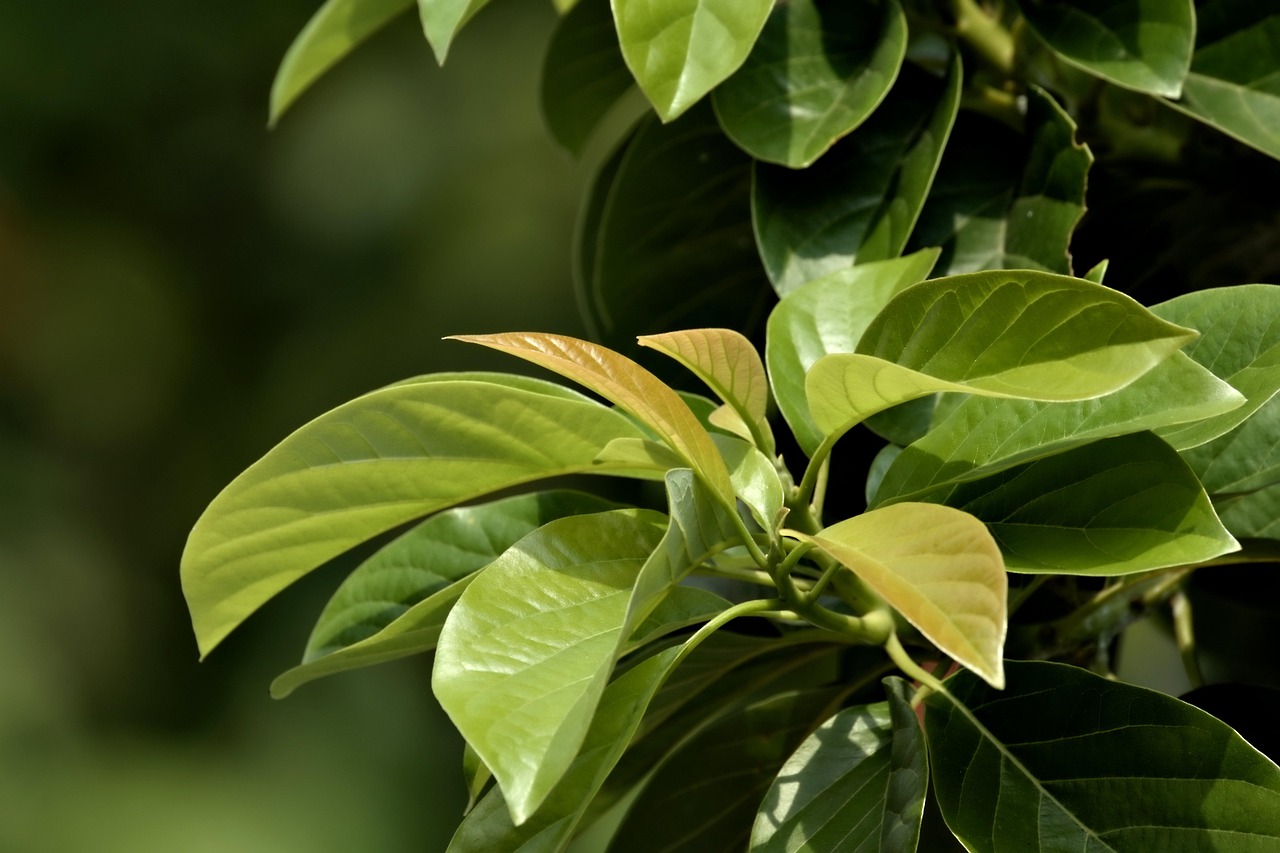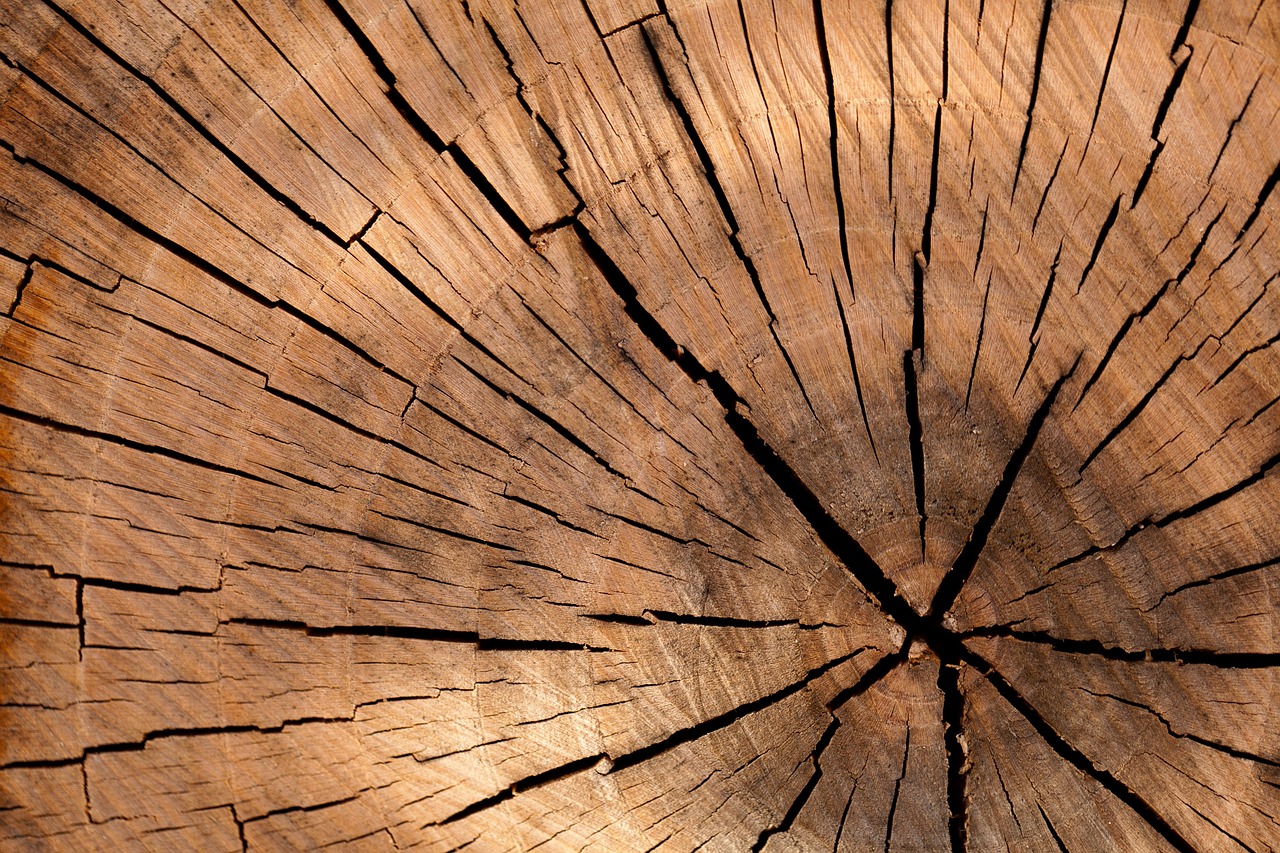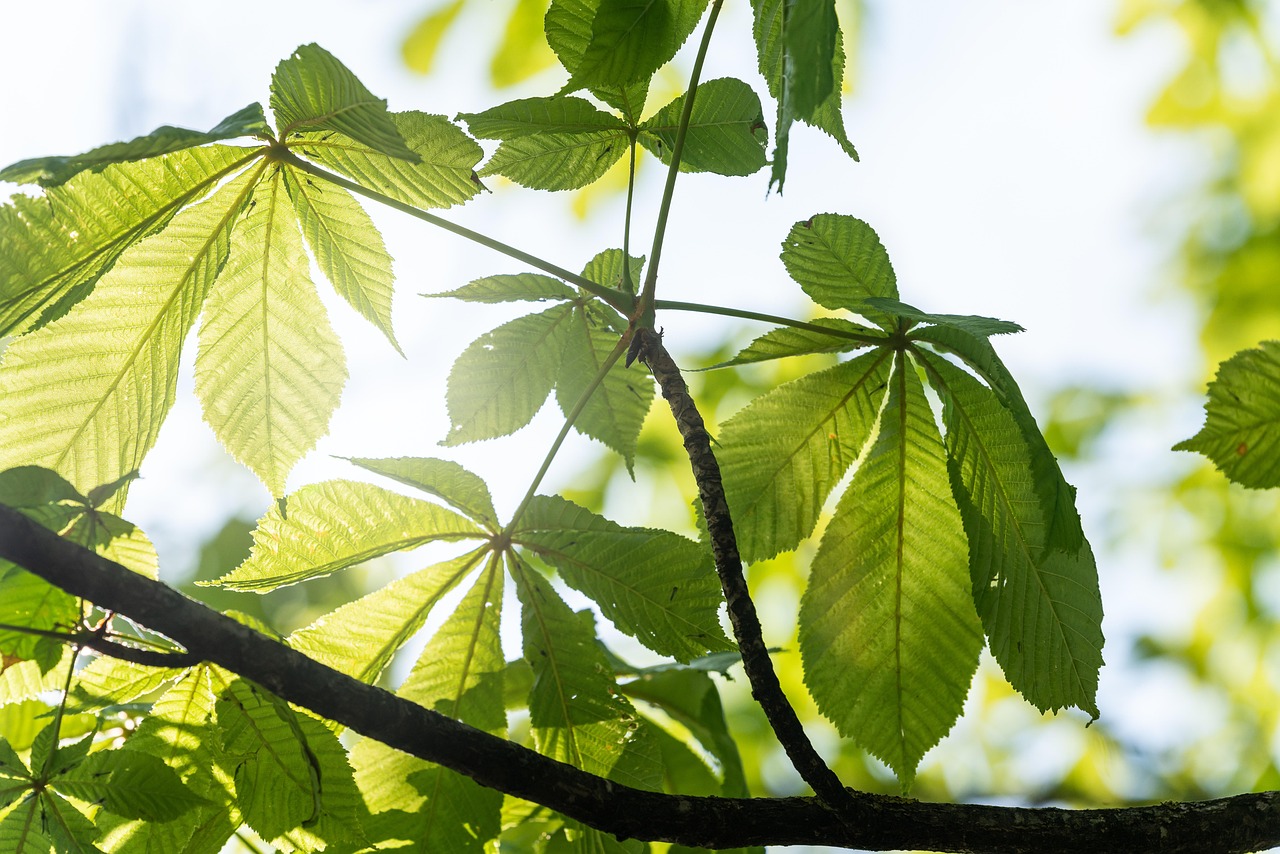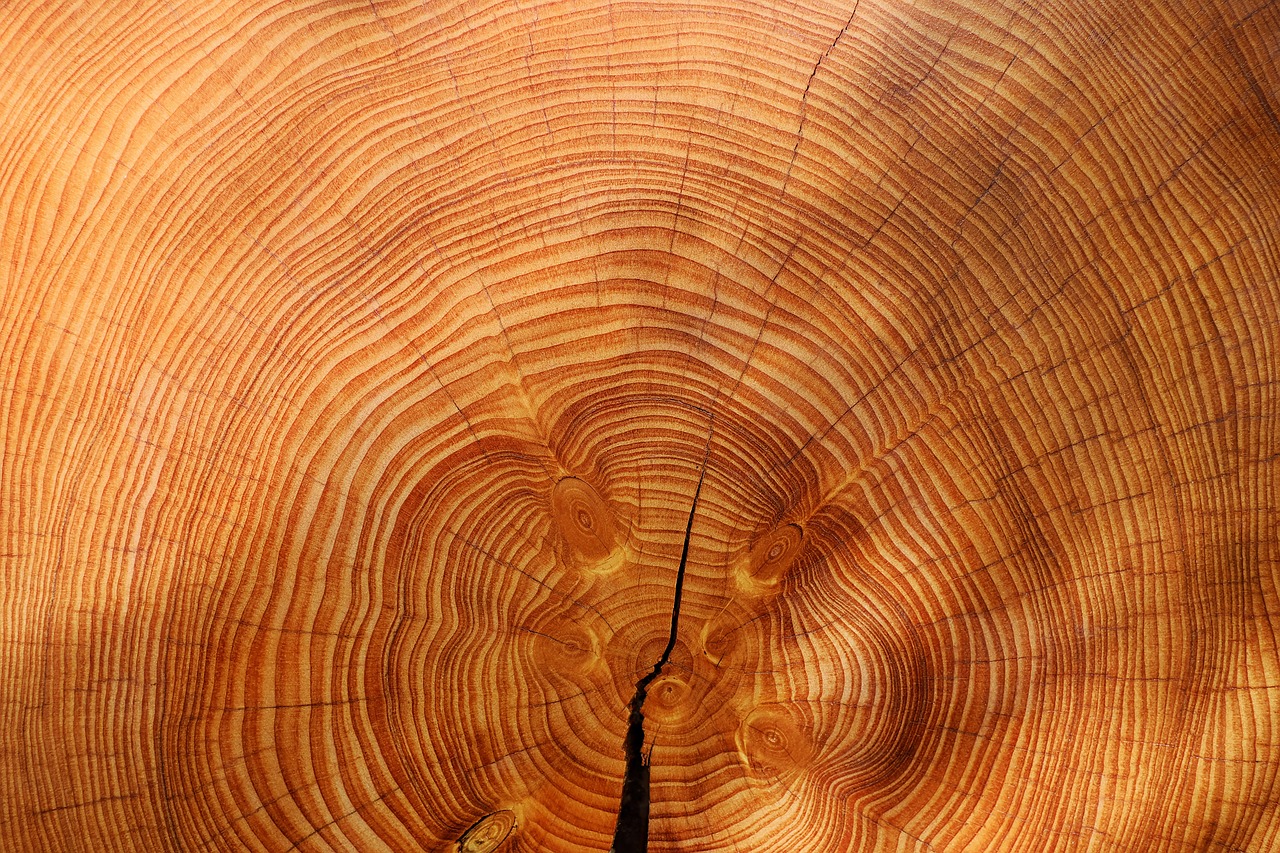Tree growth in Minecraft is significantly faster and more predictable than in real life. In Minecraft, trees can grow in a matter of moments, while real trees take years to reach maturity. Additionally, Minecraft trees have specific conditions for growth that differ from the complex factors affecting real trees.
Minecraft, created by Mojang Studios, has captivated players with its blocky graphics and open-world gameplay. One of the core elements of the game is resource gathering, which includes harvesting wood from trees. Understanding how trees grow in the game can enhance gameplay strategies and improve resource management. In contrast, real trees are complex living organisms that grow based on numerous environmental factors, including soil quality, water availability, and climate conditions.

The differences between tree growth in Minecraft and real life highlight how the game simplifies many natural processes. In Minecraft, players can plant saplings and wait for them to grow into full-sized trees. The growth process is straightforward, governed by a set of rules that dictate how quickly and under what conditions trees can flourish. In reality, tree growth is influenced by a myriad of factors that require years of nurturing and adaptation to their surroundings.
Growth Mechanics in Minecraft
In Minecraft, tree growth occurs through a simplified mechanic. When a player plants a sapling, the game checks for specific conditions before allowing it to grow. These conditions include light levels, space above the sapling, and proximity to other blocks. The following table illustrates key factors influencing tree growth in Minecraft:
| Factor | Description |
|---|---|
| Light Level | A minimum light level of 8 is required for saplings to grow. |
| Space | There must be at least a 5-block height clearance above the sapling. |
| Soil Type | Saplings can grow on dirt, grass, or other specific blocks. |
| Proximity | Saplings should be planted at least 2 blocks away from each other for optimal growth. |
The growth process itself is random. After meeting the necessary conditions, a sapling may grow into a tree after a certain period, which can be accelerated by using bone meal. This contrasts sharply with real trees, which have a much longer growth cycle influenced by genetic factors and environmental stresses.

Real Tree Growth Factors
In nature, tree growth is complex and varies widely among different species. Various factors influence this process, including:
- Climate: Temperature and precipitation play crucial roles in growth rates.
- Soil Quality: Nutrient-rich soil supports faster growth compared to poor soil.
- Water Availability: Trees need adequate water supply for optimum growth.
- Sunlight: Access to sunlight is essential for photosynthesis.
- Disease and Pests: Infestations can hinder growth and health.
This variety in growth conditions results in trees that can take decades or even centuries to mature. For example, an oak tree can take up to 30 years to reach full size in its natural habitat, while certain species like the giant sequoia may take thousands of years. This stark contrast emphasizes the simplicity of tree mechanics in Minecraft compared to the intricacy of real-world tree growth.
Conclusion of Section 1
Understanding the mechanics behind tree growth in both Minecraft and the natural world provides valuable insights into how players can optimize their resource gathering in the game. While Minecraft offers a simplified version of tree biology, it serves as an engaging way to introduce players to concepts related to ecology and environmental science.

Tree Types and Their Growth in Minecraft
In Minecraft, various types of trees exist, each with distinct characteristics and growth patterns. These differences not only affect the appearance of the trees but also influence the resources players can gather. Understanding the types of trees in the game can help players make informed decisions when planning their builds or gathering resources.
Common Tree Types in Minecraft
The game features several tree species, each offering different wood types and colors. Below is a list of common tree types found in Minecraft:
- Oak Trees: Oak trees are one of the most common types. They grow tall and provide oak wood, which is versatile for crafting.
- Birch Trees: Recognized by their white bark, birch trees yield light-colored wood, making them popular for building.
- Spruce Trees: Spruce trees have dark bark and produce spruce wood. They are typically found in colder biomes.
- Jungle Trees: These tall trees can reach great heights and produce jungle wood. They often have vines hanging from their branches.
- Acacia Trees: Known for their unique shape and orange wood, acacia trees thrive in savanna biomes.
- Dark Oak Trees: Dark oak trees grow in clusters and provide dark oak wood, which is richly colored.
Growth Rates by Tree Type
The growth rate of each tree type varies significantly. While all saplings can grow into full trees under the right conditions, some species have faster growth rates than others. The following table summarizes the approximate growth rates for different tree types in Minecraft:
| Tree Type | Average Growth Time (in Game Ticks) |
|---|---|
| Oak | 60-80 |
| Birch | 60-80 |
| Spruce | 60-80 |
| Jungle | 90-120 |
| Acacia | 60-80 |
| Dark Oak | 60-80 |
The growth time represents the number of game ticks it takes for a sapling to mature into a full tree. Generally, oak, birch, spruce, acacia, and dark oak trees grow relatively quickly, while jungle trees tend to take longer due to their complexity.

The Role of Bone Meal in Tree Growth
Bones found in Minecraft can be crafted into a valuable resource known as bone meal. This item plays a significant role in accelerating the growth of saplings. When applied to a sapling, bone meal can instantly trigger its growth, bypassing the waiting period entirely.
Using Bone Meal Effectively
To maximize the benefits of bone meal for tree growth, players should consider the following:
- Ensure Proper Placement: Apply bone meal to the sapling directly. If conditions are right, the sapling will grow immediately.
- Avoid Overuse: Using bone meal multiple times on a single sapling may not always yield better results. There is a chance that it won’t work after the first application.
- Collecting Bones: Farming skeletons is an effective way to gather bones. Create a skeleton farm to produce bones efficiently.
- Timing: Use bone meal when you have ample resources, especially if you’re looking to quickly gather wood for large projects.
The ability to use bone meal effectively allows players to optimize their resource gathering strategies and ensures a steady supply of wood for crafting and building.
Bonsai Trees: A Unique Growth Mechanic
Bonsai trees are a special type of tree growth mechanic introduced in some Minecraft mods. Unlike regular trees, bonsai trees grow in smaller pots and require less space. Players can cultivate these miniature trees for decorative purposes or as a compact resource source.
The mechanics of bonsai trees differ from traditional tree growth in that they can grow more quickly and do not require as much space or light. This feature makes them appealing for players seeking efficient ways to gather resources without taking up much area.
Bonsai trees typically yield less wood than their larger counterparts but can be beneficial for players who want to create aesthetically pleasing gardens or limited resource farms.
Environmental Impact of Tree Growth in Minecraft
While Minecraft operates on a simplified model of tree growth, it also incorporates certain environmental factors that can affect how trees thrive within the game. Understanding these elements can help players manipulate their surroundings to ensure healthy forest ecosystems in their Minecraft worlds.
Biome Influence on Tree Growth
Each biome in Minecraft has unique characteristics that influence the types of trees that can grow there. The biome determines not only the species of trees but also their growth patterns. Here is a list of some key biomes and the corresponding tree types:
- Forest: Oak and birch trees are prevalent, creating a dense environment.
- Taiga: Spruce trees dominate this cold biome, often found alongside ferns and snow.
- Jungle: This biome is home to tall jungle trees, often accompanied by bamboo and cocoa beans.
- Savanna: Acacia trees are commonly found here, providing a unique landscape.
- Swamp: Dark oak trees thrive in swampy areas, often surrounded by water and lily pads.
The biome not only affects which trees can grow but also their growth rates. For instance, trees in warmer biomes may grow faster due to favorable conditions compared to those in colder climates.
Light Levels and Growth Conditions
The light level is a critical factor for tree growth in Minecraft. Each tree type has a minimum light requirement that must be met for saplings to mature successfully. The game measures light levels from 0 to 15, with 15 being the brightest. Here are some important considerations regarding light levels:
- Natural Light: Trees must receive direct sunlight during the day to reach their full potential.
- Artificial Light: Players can use torches or glowstone to provide artificial light in enclosed spaces, aiding growth.
- Obstructions: Blocks above the sapling can block light, preventing growth. Ensure there is enough clearance for optimal results.
By monitoring light levels and adjusting their surroundings accordingly, players can enhance tree growth and maintain a thriving environment.
The Decay Mechanics of Trees
An interesting aspect of tree growth in Minecraft is the decay mechanic. When players chop down a tree, the leaves will begin to decay if they are no longer connected to any wood blocks. This process impacts how players collect resources and manage their forests.
Understanding Leaf Decay
The decay of leaves occurs based on specific rules. If leaves are within a certain distance from wood blocks, they will remain intact. However, once a tree’s trunk is removed, the following factors dictate how quickly leaves decay:
- Distance from Wood: Leaves that are directly adjacent to wood blocks will take longer to decay than those further away.
- Time Factor: After removing the trunk, leaves will begin to decay after a short delay, typically within a few seconds.
This mechanic encourages players to think strategically about how they harvest trees. Leaving some wood blocks in place can prolong the life of nearby leaves, allowing for more efficient harvesting of saplings and other resources.
Real-World Comparisons: Tree Growth and Ecosystems
In real life, tree growth also plays a pivotal role in maintaining healthy ecosystems. Trees provide essential benefits such as oxygen production, carbon sequestration, and habitat for numerous species. While Minecraft simplifies these processes, it mirrors some real-world ecological concepts.
The Importance of Biodiversity
Biodiversity refers to the variety of plant and animal life in an ecosystem. In Minecraft, players can create diverse landscapes by planting different types of trees. This diversity can affect how resources are generated and used within the game. Key benefits of biodiversity include:
- Enhanced Resource Availability: Different tree types can yield various resources such as wood, fruits, and crafting materials.
- Improved Aesthetics: A mixture of tree species can create visually appealing environments for players.
- Ecosystem Resilience: Diverse ecosystems are often more resilient to diseases and environmental changes.
Players who invest time in creating diverse forests not only enhance their gameplay experience but also gain insight into real-world ecological principles.
Sustainable Practices in Minecraft
Just as responsible forestry practices are crucial in the real world, players can adopt sustainable strategies in Minecraft. These practices ensure that they do not deplete resources too quickly. Some sustainable practices include:
- Replanting Trees: After harvesting wood, players should replant saplings to maintain forest density.
- Selective Harvesting: Instead of clear-cutting entire areas, players should selectively harvest trees to promote regrowth.
- Crop Rotation: Mixing different types of trees and other plants can improve soil health and biodiversity.
By implementing these strategies, players can create thriving environments in Minecraft that reflect responsible stewardship similar to what is needed in real-world forestry management.
Advanced Techniques for Tree Farming in Minecraft
Players looking to optimize their wood gathering can employ advanced techniques for tree farming. These methods not only yield more resources but also enhance the gaming experience by allowing for more organized and efficient resource management. Here are some popular techniques:
Efficient Tree Layouts
Creating a well-planned layout for planting trees can significantly increase efficiency. Players can use various layouts to maximize space and ensure easy access to trees. Some effective layouts include:
- Grid Pattern: Planting saplings in a grid allows for easy navigation and harvesting.
- Diagonal Planting: This technique can be used to optimize light exposure, especially in areas with limited sunlight.
- Cluster Planting: Grouping similar tree types together can create a visually appealing forest while maximizing resource output.
Implementing these layouts can help players manage their forests more effectively and ensure a steady supply of wood.
Using Technology in Minecraft
With the introduction of redstone mechanics, players can create automated tree farms. These farms can harvest trees without the need for manual labor, allowing players to focus on other aspects of the game. Key components for building an automated tree farm include:
- Redstone Contraptions: Redstone can be used to create mechanisms that automatically chop down trees when they reach maturity.
- Piston Systems: Pistons can help push down tree trunks, making harvesting easier.
- Water Streams: Using water streams to collect dropped items can streamline the gathering process.
By utilizing technology, players can create efficient systems that enhance their gameplay and reduce the time spent on resource gathering.
The Cultural Impact of Trees in Minecraft
Trees in Minecraft serve not only as resources but also as cultural symbols within the game community. Players often share their unique tree designs and forest creations, contributing to the game’s rich culture. The appreciation for trees extends beyond mere gameplay; it reflects a deeper understanding of nature and environmental stewardship.
Community Projects and Forest Conservation
Many Minecraft communities engage in projects focused on creating virtual forests. These initiatives often aim to raise awareness about real-world environmental issues, such as deforestation and climate change. Players participate by:
- Building Forests: Players collaborate to create expansive forests that demonstrate biodiversity and sustainable practices.
- Hosting Events: Community events often feature tree planting challenges, encouraging players to gather saplings and plant them in-game.
- Education: Through these projects, players often learn about real-world ecological issues and the importance of preserving nature.
This intersection between gaming and environmental consciousness fosters a sense of responsibility among players, encouraging them to reflect on their impact on both virtual and real-world ecosystems.
Final Thoughts
The comparison between tree growth in Minecraft and real trees reveals intriguing insights into ecology and resource management. While Minecraft simplifies biological processes, it introduces players to essential concepts such as sustainability, biodiversity, and environmental stewardship. Players can adopt practices akin to real-world forestry management while enjoying the creative freedom the game provides.
The various types of trees, growth mechanics, and environmental factors at play in Minecraft offer players an engaging way to interact with nature, albeit in a simplified form. As players explore advanced farming techniques and engage with community initiatives, they contribute to a richer gaming experience that mirrors the complexities of real-world ecosystems.
Ultimately, Minecraft serves as a platform not only for creativity but also for education and awareness about the environment. By embracing sustainable practices and fostering biodiversity within their virtual landscapes, players can enjoy a more immersive and responsible gaming experience while promoting positive ecological values.
As players continue to innovate and share their experiences, the cultural impact of trees in Minecraft will only grow, further bridging the gap between gaming and environmental consciousness.
